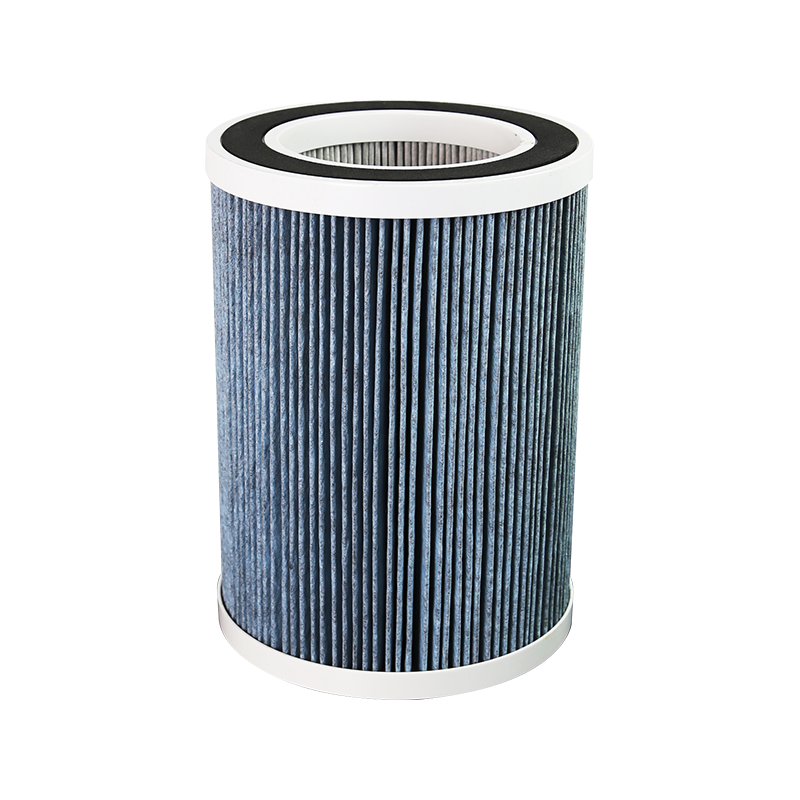From solutions to productions, we’re specialized in making the products you need.
News categories
Product categories
What is the capacity of a cylindrical filter to capture contaminants before it needs to be replaced?
The capacity of a cylindrical filter to capture contaminants before it needs to be replaced is determined by several factors:
Filter Media Type and QualityDescription: The type and quality of the filter media (e.g., pleated paper, fabric, metal mesh) affect how much contaminant it can hold. High-quality media generally offers higher capacity.Impact: Better media typically provides higher dirt-holding capacity and longer service life.
Contaminant Type and Size:Description: Different contaminants (e.g., dust, particles, oil, chemicals) and their sizes affect how quickly the filter becomes clogged.Impact: Filters designed for specific contaminants may have different capacities; for example, filters designed for fine particulate matter often need to be replaced more frequently.
Filter Surface Area:Description: The total surface area of the filter media influences how much contaminant it can capture before becoming saturated.Impact: Larger surface areas typically mean higher capacity and longer life before replacement.
Flow Rate and Pressure Drop:Description: The rate at which air or fluid flows through the filter and the pressure drop across the filter can impact its capacity.Impact: Higher flow rates or excessive pressure drops may lead to faster clogging and reduced filter life.
Operating Conditions:Description: Conditions such as temperature, humidity, and the presence of aggressive chemicals can affect the filter’s capacity.Impact: Harsh operating conditions may reduce the filter's lifespan and capacity.

Manufacturer Specifications:Description: Filter manufacturers often provide specifications on the maximum contaminant holding capacity or recommended replacement intervals.Impact: These specifications are based on standardized tests and conditions and provide a guideline for when the filter should be replaced.
Filter Design Features:Description: Features such as pre-filters, multi-stage filtration, and self-cleaning mechanisms can affect the filter’s capacity and longevity.Impact: Additional design features can enhance the filter’s dirt-holding capacity and extend its service life.
To determine a cylindrical filter’s capacity for capturing contaminants, you should consider the filter media type, the contaminants it is designed to capture, the filter surface area, the operating conditions, and any specific manufacturer guidelines. Regular monitoring of pressure drop and filter performance can also provide practical insights into when replacement is needed.
How does the thickness or depth of a panel air filter affect its filtration efficiency and airflow resistance?
How can consumers verify the quality and effectiveness of ammonia air filters?
related products
Copyright 2023 Nantong Henka Environment Solutions Co.,Ltd. All Rights Reserved


 English
English русский
русский Español
Español 简体中文
简体中文

























